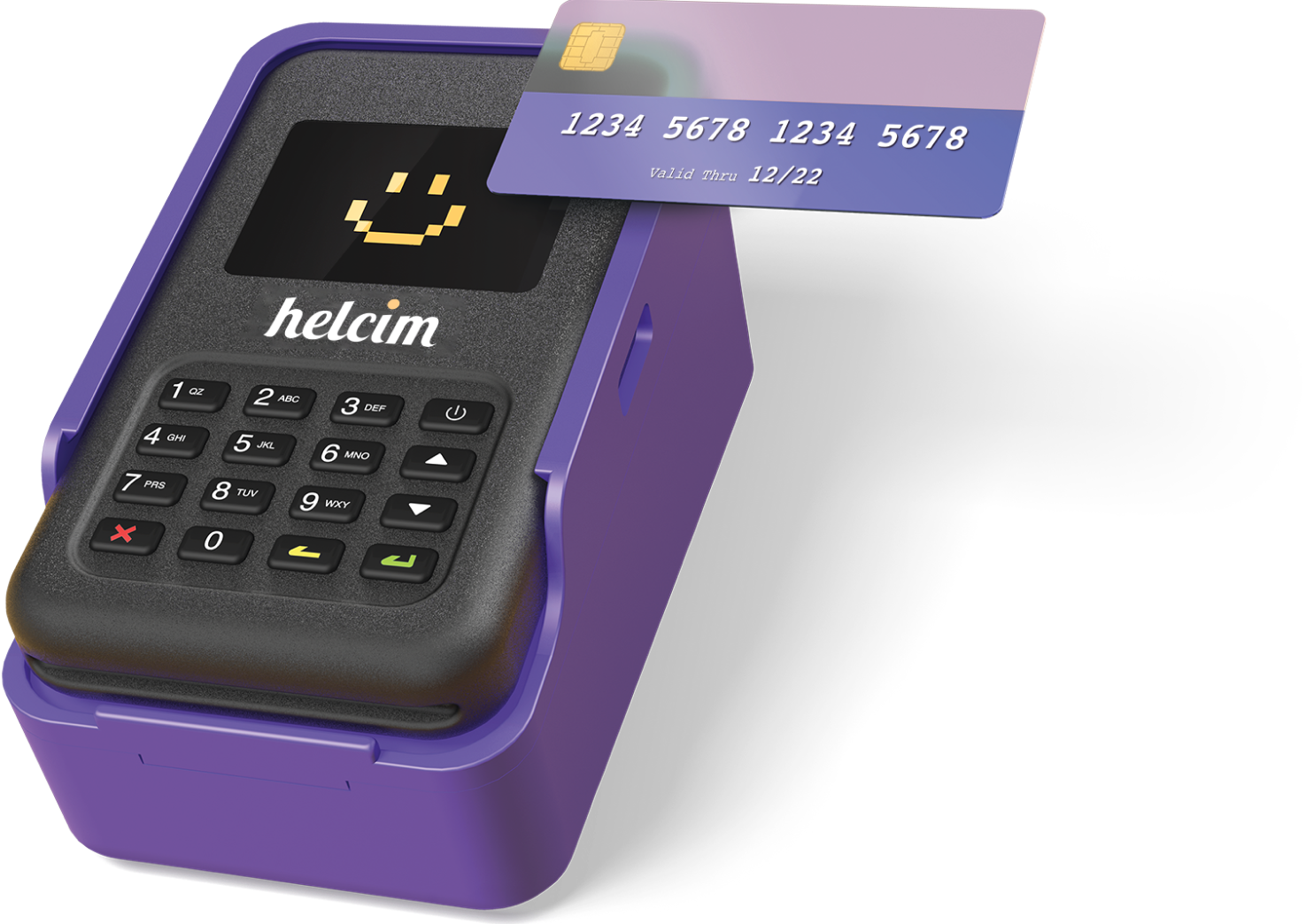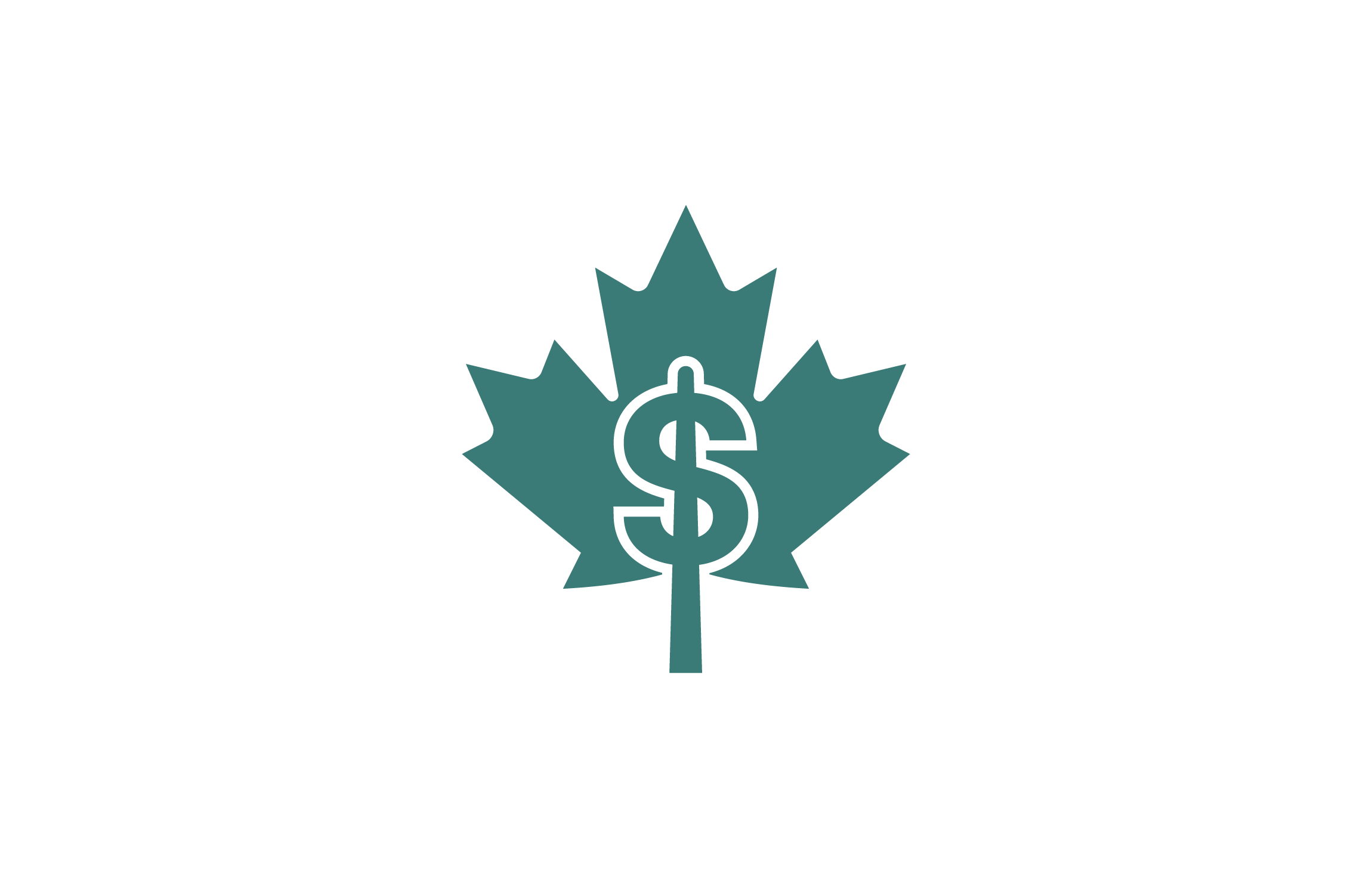The cardholder’s personal information is stored on the microchip or magnetic stripe of a credit or debit card. The account number, card expiration date, name, and card validation code of the cardholder are all stored on the card.
A cardholder and primary account owner can give access to other individuals as authorized users. Once you’re an authorized user you can make transactions with the debit or credit card to which you were added.
What is a Cardholder Name?
A Cardholder is the owner of a credit or debit card. A Cardholder name is the name of an individual that appears on the front of the card, usually at the bottom left. There is the primary Cardholder name and the authorized cardholder.
Note that your name might not appear on your debit card. The cardholder’s name in this case would be the name of the primary account holder.

Primary Cardholder Name
A primary cardholder is an individual that has an account. As a primary cardholder, you’re responsible for paying your credit card balance, which is the amount you owe on your credit card. You can add and remove additional cardholders and authorized users from your card at any time.
Your monthly statement will show any transactions made by an additional cardholder or authorized person. You’re largely responsible for these transactions if you’re the primary cardholder.
Authorized Cardholder Name
You get a credit card that is connected to the primary cardholder’s account if you’re an extra cardholder or authorized user on a credit card. You can use this card to make transactions and access the account as if you were the primary cardholder.
If you’re a secondary or authorized cardholder, keep these things in mind. Any transactions you make with the card won’t help you establish your credit history because the credit card account belongs to the primary cardholder. You will not be responsible for paying back any money owed on the credit card either.
Unauthorized Transactions
Unauthorized transactions may occur If you lose your debit or credit card, and someone steals your identity and uses your information without your permission.
Unauthorized transactions are defined differently by each financial institution, such as a bank. Make sure you understand what constitutes an illegal purchase by carefully reading your debit card, credit card, and account agreements.
Notifying the Authorities of Illegal Transactions
If you believe an illegal purchase was made with your card or account, or if you believe there is a chance of this happening, take the following steps:
- Examine your credit report for any credit you haven’t requested.
- Change your passwords right away, and inform your credit card issuer or the bank of any purchases you didn’t make or authorize.
- In certain circumstances, you might be required to report the incident within a certain time frame, as stated in your agreement. If you don’t, you might be held liable for the transaction, and you will not get your money back in full.
How to Find a Cardholder Name
Your credit cards or debit card’s name can be found on the bottom of the card. If you cannot find it, slot your card into any ATM machine and the cardholder name will appear on the screen.
It’s difficult to find the name of the cardholder on a nameless card. Before a nameless card can be issued to the customers, they are connected to bank servers.
As a result, when you use your Card in an ATM machine, the machine recognizes the card with the aid of the bank server and allows you to perform the transactions.
What You Can Do With Your Cardholder Name
1. Online Purchase
Purchases made online can be made in a variety of ways. It’s probably safer to use a credit card rather than a debit card when shopping online (or in-person). You can use debit and credit cards to finance purchases through a variety of applications and services.
2. Get cash
Debit cards and credit cards can both be used to get cash, but a debit card is best for cash withdrawal. Cash advances made with a credit card are expensive, and the interest rate is very high. If you need more than an ATM that allows you to withdraw, go to a branch to obtain additional funds.
3. Pay bills
Cards are useful for fast payments or if you want to pay all of your bills from one or two accounts. You may make a payment by mail, online, or over the phone.












